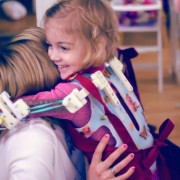3D Printed Device Fights Cervical Cancer in Developing Countries
A group of biomedical engineers from Jhpiego and Momo Scientific have developed a device designed to fight cervical cancer. Cervical cancer is responsible for about 275,000 deathseach year, with most of the deaths occurring in developing countries. The new device, called a “CryoPop,” was designed in a CAD program and prototyped on a 3D printer.








